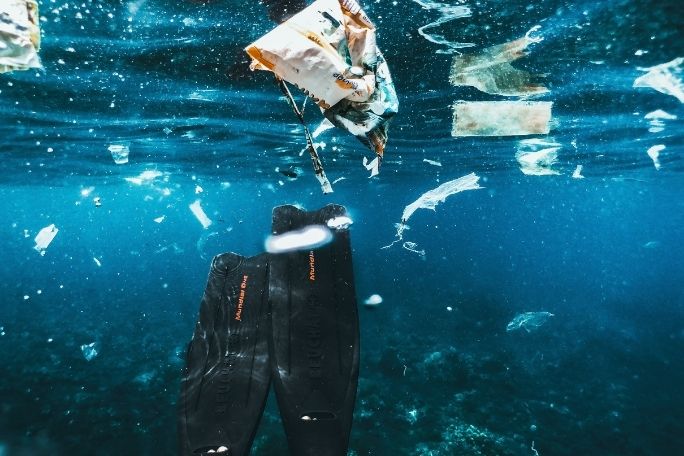Lesson summary
Students explore the question: How are we connected to the ocean? They begin by completing a Think-Pair-Share routine about how they believe they are connected to the ocean. They then view a gallery of images, written texts and clips around topics that relate to human connections to the ocean. They then think about what is missing from this gallery and create their own exhibit to communicate their ideas and share this exhibit with their peers. Finally, students are asked to create an inspirational statement around their own personal connection to the ocean.
Learning intentions:
Students understand...
- understand that we are connected to the ocean in many ways
- recognise that we need the ocean for a range of reasons and that we impact the ocean in multiple ways
Success criteria:
Students can...
- work independently and collaboratively
- contribute to class discussions
- think critically and respond to stimuli
- reflect on and communicate personal beliefs
Lesson guides and printables
View Supporting Resources
Curriculum links
Select your curriculum from the options below.
Lesson details
Curriculum mapping
Australian curriculum content descriptions:
Year 7 Geography:
- Economic, cultural, spiritual and aesthetic value of water for people, including Aboriginal and Torres Strait Islander Peoples and peoples of the Asia region (ACHGK041)
Year 8 Geography:
- Spiritual, aesthetic and cultural value of landscapes and landforms for people, including Aboriginal and Torres Strait Islander Peoples (ACHGK049)
Year 9 Geography:
- Challenges to food production, including land and water degradation, shortage of fresh water, competing land uses, and climate change, for Australia and other areas of the world (ACHGK063)
- The perceptions people have of place, and how these influence their connections to different places (ACHGK065)
Year 10 Geography:
- Human-induced environmental changes that challenge sustainability (ACHGK070)
Syllabus outcomes: GE4-1, GE4-2, GE4-3, GE4-4, GE4-5, GE4-6, GE5-2, GE5-3, GE5-5.
General capabilities: Critical and Creative Thinking, Literacy.
Cross-curriculum priority: Sustainability (OI.2), Aboriginal and Torres Strait Islander Histories and Cultures (OI.2, OI.3).
Relevant parts of Year 7 Geography achievement standards: Students explain interconnections between people and places and environments and describe how these interconnections change places and environments.
Relevant parts of Year 8 Geography achievement standards: Students explain interconnections within environments and between people and places and explain how they change places and environments.
Relevant parts of Year 9 Geography achievement standards: Students analyse interconnections between people, places and environments and explain how these interconnections influence people, and change places and environments.
Relevant parts of Year 10 Geography achievement standards: Students identify, analyse and explain significant interconnections between people, places and environments.
This lesson is part of the wider unit of work Take 3 For The Sea – Project-based Learning – Years 7 to 10
Time required: 60 mins
Level of teacher scaffolding: High – requires preparation from teachers. Teachers will also need to oversee class discussions and activities
Resources required
- Clip Reflections – optional
- Device capable of presenting a website and video to the class
- Gallery Reflections – optional
- Gallery Images
- Gallery Materials
- Student Worksheet – one copy per student
Skills
This lesson is designed to build students’ competencies in the following skills:
- Communication
- Critical thinking
Additional info
Take 3 is an Australian charity removing rubbish from the environment through education programs, international campaigns and clean-ups. Take 3’s call to action is simple: Take 3 pieces of rubbish with you when you leave the beach, waterway or… anywhere and you have made a difference.



Welcome back!
Don't have an account yet?
Log in with:
Create your free Cool.org account.
Many of our resources are free, with an option to upgrade to Cool+ for premium content.
Already have an account?
Sign up with:
By signing up you accept Cool.org's Terms and Conditions(Opens in new tab) and Privacy Policy(Opens in new tab).